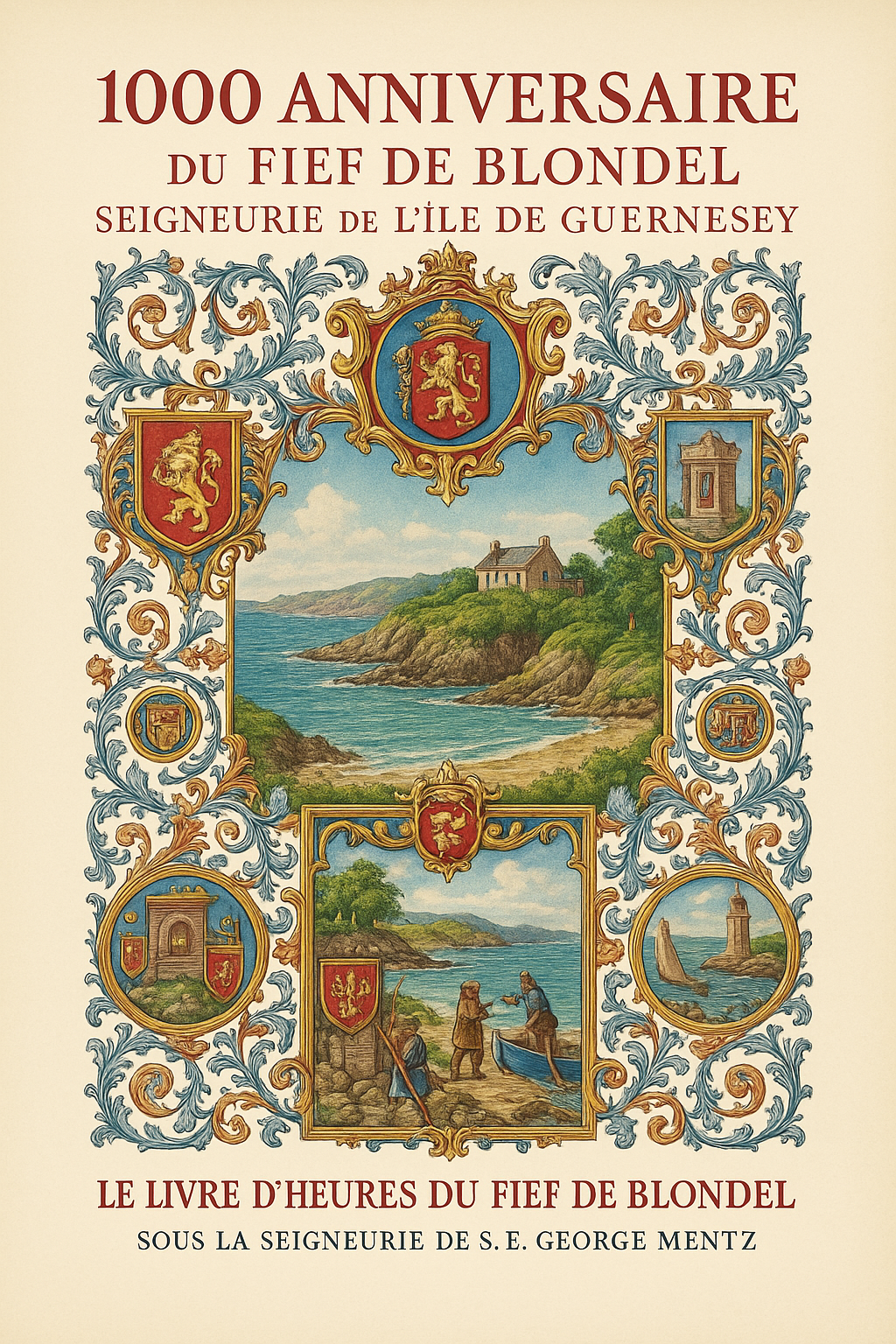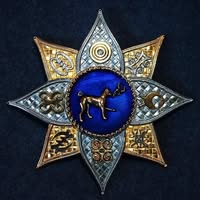

Fief Thomas Blondel of the Channel Islands - A Norman Fief Registered Directly With the Royal Courts of Guernsey and with the Crown or Sovereign of The United Kingdom which includes the Fief L"Eperon"Lord Paramount" was a title used in the feudal system of medieval Europe, particularly in England, to describe
a noble who held a high-ranking position within the realm and had In England, lords who held land "in capite ut de corona" (meaning "directly from the crown") were considered to be the highest-ranking nobles in the country. They owed their allegiance and service directly to the king and were responsible for governing their lands and the people who lived on them. These lords were also known as "tenants-in-chief" and were granted their lands by the king in exchange for their military and other services. The term "lord paramount" was used to describe the highest-ranking lord in a particular region or territory. For example, the Lord Paramount of Scotland was the highest-ranking noble in Scotland, while the Lord Paramount of Ireland was the highest-ranking noble in Ireland. Today, the term "lord paramount" is mainly used in historical contexts and has largely fallen out of use. The size of fiefs varied greatly throughout history and across different regions, depending on factors such as political and economic conditions, the availability of land, and the power of the feudal lord. Some of the largest fiefs in history include:
These are just a few examples of some of the largest fiefs in history. The size and power of these fiefs varied
greatly depending on the specific historical and political context in which they existed. A seigneur was typically a member of the nobility who held a fief from a higher-ranking lord, such as a king, a duke, or a bishop. The seigneur was responsible for administering his fief and providing military service to his overlord in exchange for the land and other privileges granted to him. The title of seigneur was often hereditary, meaning that it was passed down from father to son. In some cases, a seigneur might be granted additional titles or honors, such as the title of "baron" or "count," depending on his rank and status within the feudal hierarchy. So, "seigneur" was a noble title used to describe a feudal lord who held a fief or estate in medieval Europe, including in the 12th century. In medieval France, a seigneur who held a fief directly from the crown was known as a "seigneur direct" or a "seigneur of the crown." In Guernsey, a fief was a piece of land that was granted by the Crown to a noble in exchange for their service and loyalty. Along with the land, the fief holder was granted certain manorial rights, which included:
It's important to note that the specific manorial rights associated with a fief in Guernsey would have varied depending on the particular circumstances and time period. However, these are some of the general rights and privileges that were typically associated with fief ownership in the island. Reichsfreiherr was a noble title in the Holy Roman Empire that was granted to certain free imperial knights and other noble families. The title literally translates to "Free Baron of the Empire" and was considered higher in rank than a regular baron but lower than a count. A Lord Paramount, on the other hand, is a term used in the feudal system of England and Scotland to describe a noble who held a certain territory or region and had control over other nobles who held smaller territories within that region. The term was particularly associated with the English Border and Scottish Marches, where powerful magnates held sway over a number of smaller feudal lords. While both titles refer to nobility, they were associated with different systems of government and were granted in different historical periods. The Reichsfreiherr was granted in the Holy Roman Empire, which existed from the 9th century to 1806, while the title of Lord Paramount was associated with the feudal system of England and Scotland, which lasted from the Norman Conquest of 1066 until the 16th century. A "R.Frhr." or Reichsfreiherr was a noble title granted directly by the Holy Roman Emperor, who was the sovereign of the Holy Roman Empire. The title was therefore considered one of the highest honors that could be granted to a noble family, as it signified their direct connection to the imperial power. However, it is important to note that not all Reichsfreiherrs were equal in rank or status, as the title could be granted to individuals or families with varying degrees of power, influence, and wealth. A seigneur direct, also known as a direct lord, was a type of feudal lord in medieval France who held his lands directly from the king, rather than through an intermediary lord. This meant that the seigneur direct had a closer and more direct relationship with the monarch, as well as more autonomy and authority over his lands and subjects. In contrast, most feudal lords in medieval France held their lands as vassals of a higher lord, who in turn was a vassal of the king. This system of feudal hierarchy meant that there were many layers of authority and obligation between the king and his subjects, and that many lords held their lands and titles through a complex web of allegiances and loyalties. The status of seigneur direct was highly coveted and prestigious, as it conferred greater power, wealth, and autonomy on the holder. However, it was also a position of great responsibility, as the seigneur direct was expected to maintain law and order on his lands, provide military service to the king, and uphold the social and economic obligations of feudal society. In medieval feudal society, a seigneur was a lord or landowner who held authority over a certain area of land, known as a seigneurie. The seigneur had various rights and privileges over the inhabitants of the seigneurie, such as collecting taxes, administering justice, and controlling access to resources like forests and waterways. The seigneur could also grant land and other privileges to vassals, who were bound to provide military or other services in exchange for the land or privileges granted to them. A vavasseur was a type of vassal who held land directly from a seigneur, rather than from a higher lord in the feudal hierarchy. The vavasseur was responsible for providing military or other services to the seigneur in exchange for the land and privileges granted to them. In some cases, a vavasseur might also have vassals of their own, who were bound to provide services to the vavasseur in exchange for their own lands and privileges. The relationship between seigneurs and vavasseurs was an important aspect of feudal society, as it defined the distribution of power, wealth, and obligations within a given area. The seigneur-vassal relationship was based on mutual obligations and responsibilities, and was reinforced by a system of oaths and ceremonies that symbolized the bond between lord and vassal. Feudal Norman seigneurs were also considered vicomtes or viscounts, which was a rank of nobility that was typically lower than that of a count, but higher than that of a baron. In Norman feudal society, the title of viscount was often associated with a particular area or region, and the viscount was responsible for administering justice and collecting taxes within that area. The viscount was usually appointed by the Duke of Normandy or other higher lord, and was responsible for upholding the law and maintaining order within their jurisdiction. When the moieties of Larger Fiefs were separated from France and divided, the Seigneurs inherited a title in moiety from the Viscounts or Vicommes of France. The title of viscount was sometimes granted to seigneurs who held important estates or who performed certain services for the Duke or other lords. However, the status of individual seigneurs varied depending on a range of factors, and not all seigneurs were granted the title of viscount. Overall, the feudal hierarchy in Norman society was complex and fluid, and the status and privileges of individual lords and vassals varied depending on a range of factors, including their relationship with their lord, their wealth and resources, and their military and political influence.
However, in some cases, feudal lords or monarchs might sell or transfer their rights to collect taxes or other revenues from a particular fief, without transferring ownership of the land itself. This practice was known as "leasing" a fief, and it was sometimes used as a way for lords to raise money or reward loyal subjects. In more recent times, certain historical fiefs or estates have been sold at auction, but this is typically for the land and buildings associated with the fief, rather than for the feudal rights and privileges that historically accompanied it. The prices for such sales can vary widely depending on the location, history, and condition of the property, as well as the demand from potential buyers. Examples of historical fiefs or estates that have been sold at auction include: The Chateau de Gudanes, a 94-room castle in the south of France that was originally built in the 18th century as a fiefdom. It was sold at auction in 2013 for €700,000. The Chateau de la Mothe-Chandeniers, a medieval castle in western France that was originally built as a fiefdom in the 13th century. It was sold at auction in 2017 for €702,000. The Domaine du Lys Chateau, a 17th-century chateau in the Loire Valley of France that was originally built as a fiefdom. It was sold at auction in 2015 for €1.57 million. It's worth noting that these examples are for historical properties that were originally fiefs, and the prices paid at auction are for the property itself, rather than for the feudal rights and privileges that historically accompanied the fief.
Description of the Lords of The European Fief of Blondel and Eperons - Est. 1179 Commissioner George Mentz is the Seigneur of the Fief Blondel & Eperons of Normandy which is an 800 year old territory on the Norman Islands. From the great Viking Rollo to the present day of the rule of King Charles, these islands have allowed feudal law and courts on the fiefs and island shores. The Fief Blondel and Eperons and its Seigneur are registered directly with the Royal Courts of the Crown and The Duke of Normandy and King Charles. Much like the Seigneurs of Monaco, the lords of French Andorra, Sovereign Gozo of Malta, the Sovereign Military Order of Malta (SMOM), The Papal Monarch of the Vatican City, and The Lord of Sark, The ancient Fiefs in the Channel islands are recognized by both nobility law and international law. Commissioner Dr. George Mentz was elevated as the 26th Free Lord & Seigneur of Fief of Blondel et L'Epersons) on the island of (Dgèrnésiais - Guernsey French) in Dec. 2017. Mentz also registered the fief direct with the courts using the feudal legal system of Conge and Tresieme which is the official way to transfer a fief from one noble leader or peer to another owner. The Fief of Thom. Blondel is One of the Last Great Private Fiefs in Europe to be privately owned where the lord owns the Beaches, Water, Foreshores and Seasteds including international Waters. In other local cultures, the free-lord Seigneur is known as a Frhr. Friherre in Sweden, a Frhr. Vrijheer in Dutch, and a Frhr. Friherre in Denmark. The Lords of Fief Blondel et Eperons appear to be older than the Seigneurs of Monaco as the Grimaldi family settled in Monaco in 1297 and Fief Blondel is also older than ancient Sheikhdom of Kuwait, Kingdom of Moscovy Russia 1362, Kingdom of Spain 1479, Kingdom of Bohemia, Kingdom of Belgium. Fief Blondel may also be older than the Ottoman Empire, Habsburg Empire, and the Kingdom of Lithuania. French: Le commissaire George Mentz est le seigneur du fief Blondel & Eperons de Normandie, un territoire vieux de 800 ans situé sur les îles normandes. Du grand Viking Rollo jusqu'à l'époque actuelle du règne du roi Charles, ces îles ont permis l'application du droit féodal et des tribunaux sur les fiefs et les côtes des îles. Le fief Blondel et Eperons ainsi que son seigneur sont enregistrés directement auprès des Cours Royales de la Couronne, du Duc de Normandie et du Roi Charles. Tout comme les seigneurs de Monaco, les seigneurs de la France, Andorre, le Souverain Gozo de Malte, l'Ordre Souverain Militaire de Malte (SMOM), le Monarque Papal de la Cité du Vatican et le Seigneur de Sark, les anciens fiefs des îles de la Manche sont reconnus à la fois par le droit de la noblesse et par le droit international. Le commissaire George Mentz a été élevé au rang de 26ème Seigneur Libre et Seigneur du fief de Blondel et L'Epersons) sur l'île de (Dgèrnésiais - français de Guernesey) en décembre 2017. Mentz a également enregistré le fief directement auprès des tribunaux en utilisant le système juridique féodal de Conge et Tresieme, qui est la manière officielle de transférer un fief d'un noble leader ou pair à un autre propriétaire. Le fief de Thom. Blondel est l'un des derniers grands fiefs privés en Europe à être la propriété privée où le seigneur possède les plages, l'eau, les rivages et les estrades maritimes, y compris les eaux internationales. Dans d'autres cultures locales, le seigneur libre Seigneur est connu sous le nom de Frhr. Friherre en Suède, un Frhr. Vrijheer en néerlandais, et un Frhr. Friherre au Danemark. Les seigneurs du fief Blondel et Eperons semblent être plus anciens que les seigneurs de Monaco car la famille Grimaldi s'est installée à Monaco en 1297 et le fief Blondel est également plus ancien que l'ancien émirat du Koweït, le royaume de Moscovy Russie 1362, le royaume d'Espagne 1479, le royaume de Bohème, le royaume de Belgique. Le fief Blondel pourrait également être plus ancien que l'Empire ottoman, l'Empire des Habsbourg et le royaume de Lituanie. German: Kommissar George Mentz ist der Seigneur des Fiefs Blondel & Eperons der Normandie, das ein 800 Jahre altes Territorium auf den Normanneninseln ist. Von dem großen Wikinger Rollo bis zur heutigen Zeit unter der Herrschaft von König Charles haben diese Inseln feudales Recht und Gerichte auf den Lehen und Inselküsten ermöglicht. Das Fief Blondel und Eperons sowie sein Seigneur sind direkt bei den Königlichen Gerichten der Krone, dem Herzog der Normandie und König Charles registriert. Ganz ähnlich wie die Seigneurs von Monaco, die Herren von Frankreich, Andorra, dem Souveränen Gozo von Malta, dem Souveränen Militärorden von Malta (SMOM), dem päpstlichen Monarchen des Vatikanstaats und dem Herrn von Sark werden die alten Lehen auf den Kanalinseln sowohl vom Adelsrecht als auch vom Völkerrecht anerkannt. Kommissar Dr. George Mentz wurde im Dezember 2017 zum 26. Freien Herrn & Seigneur des Fiefs von Blondel et L'Epersons) auf der Insel (Dgèrnésiais - Guernsey French) erhoben. Mentz registrierte das Lehen auch direkt bei den Gerichten unter Verwendung des feudalen Rechtssystems von Conge und Tresieme, das die offizielle Art und Weise ist, ein Lehen von einem adligen Führer oder Peer auf einen anderen Eigentümer zu übertragen. Das Fief von Thom. Blondel ist eines der letzten großen privaten Lehens in Europa, das privat besessen ist, wo der Herr die Strände, das Wasser, die Küsten und die Meeresstädte einschließlich der internationalen Gewässer besitzt. In anderen lokalen Kulturen ist der freie Herr Seigneur als Frhr. Friherre in Schweden, ein Frhr. Vrijheer im Niederländischen und ein Frhr. Friherre in Dänemark bekannt. Die Herren des Fiefs Blondel et Eperons scheinen älter zu sein als die Seigneurs von Monaco, da sich die Familie Grimaldi 1297 in Monaco niederließ und das Fief Blondel auch älter ist als das alte Scheichtum Kuwait, das Königreich Moscovy Russland 1362, das Königreich Spanien 1479, das Königreich Böhmen, das Königreich Belgien. Das Fief Blondel könnte auch älter sein als das Osmanische Reich, das Habsburgerreich und das Königreich Litauen. Italian: Il commissario George Mentz è il signore del Feudo Blondel & Eperons della Normandia, un territorio di 800 anni situato nelle isole normanne. Dal grande vichingo Rollo ai giorni nostri sotto il regno di Re Carlo, queste isole hanno permesso l'applicazione della legge feudale e dei tribunali sui feudi e sulle coste delle isole. Il Feudo Blondel ed Eperons e il suo signore sono registrati direttamente presso i Tribunali Reali della Corona, il Duca di Normandia e Re Carlo. Molto simili ai signori di Monaco, i signori della Francia, Andorra, il Sovrano Gozo di Malta, il Sovrano Militare Ordine di Malta (SMOM), il Monarca Papale della Città del Vaticano e il Signore di Sark, gli antichi Feudi delle isole del Canale sono riconosciuti sia dalla legge nobiliare che dal diritto internazionale. Il commissario Dr. George Mentz è stato elevato al rango di 26° Signore Libero & Signore del Feudo di Blondel et L'Epersons) nell'isola di (Dgèrnésiais - Guernsey French) nel dicembre 2017. Mentz ha anche registrato il feudo direttamente presso i tribunali utilizzando il sistema giuridico feudale di Conge e Tresieme, che è il modo ufficiale per trasferire un feudo da un nobile leader o pari a un altro proprietario. Il Feudo di Thom. Blondel è uno degli ultimi grandi feudi privati in Europa a essere di proprietà privata, dove il signore possiede le spiagge, l'acqua, le rive e le città marittime, comprese le acque internazionali. In altre culture locali, il Signore libero Seigneur è conosciuto come Frhr. Friherre in Svezia, un Frhr. Vrijheer in olandese e un Frhr. Friherre in Danimarca. I Signori del Feudo Blondel et Eperons sembrano essere più antichi dei Signori di Monaco, poiché la famiglia Grimaldi si stabilì a Monaco nel 1297 e il Feudo Blondel è anche più antico dell'antico sceicco del Kuwait, del Regno di Moscovia Russia 1362, del Regno di Spagna 1479, del Regno di Boemia, del Regno del Belgio. Il Feudo Blondel potrebbe anche essere più antico dell'Impero Ottomano, dell'Impero degli Asburgo e del Regno di Lituania. Spanish: El comisionado George Mentz es el Señor del Feudo Blondel & Eperons de Normandía, un territorio de 800 años en las Islas Normandas. Desde el gran vikingo Rollo hasta la actualidad bajo el reinado del Rey Carlos, estas islas han permitido la aplicación de la ley feudal y los tribunales en los feudos y las costas de las islas. El Feudo Blondel y Eperons y su Señor están registrados directamente en los Tribunales Reales de la Corona, el Duque de Normandía y el Rey Carlos. Al igual que los Señores de Mónaco, los señores de Francia, Andorra, el Soberano Gozo de Malta, la Orden Militar Soberana de Malta (SMOM), el Monarca Papal de la Ciudad del Vaticano y el Señor de Sark, los antiguos Feudos de las Islas del Canal son reconocidos tanto por la ley nobiliaria como por el derecho internacional. El comisionado Dr. George Mentz fue elevado al rango de 26º Señor Libre y Señor del Feudo de Blondel et L'Epersons) en la isla de (Dgèrnésiais - Guernsey French) en diciembre de 2017. Mentz también registró el feudo directamente en los tribunales utilizando el sistema legal feudal de Conge y Tresieme, que es la forma oficial de transferir un feudo de un líder noble o par a otro propietario. El Feudo de Thom. Blondel es uno de los últimos grandes feudos privados en Europa en ser de propiedad privada, donde el señor posee las playas, el agua, las costas y las ciudades marítimas, incluidas las aguas internacionales. En otras culturas locales, el Señor libre Señor se conoce como Frhr. Friherre en Suecia, un Frhr. Vrijheer en holandés y un Frhr. Friherre en Dinamarca. Los Señores del Feudo Blondel et Eperons parecen ser más antiguos que los Señores de Mónaco, ya que la familia Grimaldi se estableció en Mónaco en 1297 y el Feudo Blondel también es más antiguo que el antiguo jeque del Kuwait, el Reino de Moscovia Rusia 1362, el Reino de España 1479, el Reino de Bohemia, el Reino de Bélgica. El Feudo Blondel también podría ser más antiguo que el Imperio Otomano, el Imperio de los Habsburgo y el Reino de Lituania.
George Mentz may be the only living person to have been knighted and enobled across Europe, Asia, and Africa, a remarkable recognition of his lifelong dedication to charitable work, global educational service, and interfaith harmony. These orders of merit and noble honors are directly tied to his significant philanthropic contributions, particularly his extensive efforts in providing educational scholarships to those in need around the world. Through his work, George Mentz has ensured that countless individuals, especially from underserved communities, have had access to the tools of education, giving them opportunities to build better futures. Commissioner George Mentz was also inducted as a Noble Commander and KOFO into the Royal Order of the Golden Fire Dog (ROGFD), a prestigious title bestowed upon him by the government recognized King and Chief and Council of the Royal House and Local Council of Sefwi Obeng-Mim, with the support of His Royal Highness Oheneba Nana Kwame Obeng II, the Chief of the Sefwi Obeng-Mim Stool Land. This award promotes the ancient code of the military protectors, or Asafo, of the Akan Kingdom in Ghana, a government-recognized territory in West Africa with a rich history and cultural significance. The Akan Kingdom’s traditions and values of leadership, honor, and unity are deeply embedded in this recognition, which also highlights Mentz's work as an ambassador of interfaith harmony. His commitment to promoting peace and cooperation across different faiths has earned him global recognition for fostering better understanding and collaboration among diverse communities. Additionally, George Mentz holds the noble title of Datuk Seri, a prestigious and ancient title awarded to him by the Raj/King or Sultan of Kampar, which is located in the historical territory that spans parts of Indonesia and ancient Malaysia. The Datuk Seri is one of the highest state titles in these regions, reserved for individuals who have made extraordinary contributions to their communities. The Datuk noble titles, which have been in use for over 1,500 years, have a deep historical significance, originating from the ancient Sultanates of Indonesia and Malaysia. In this context, Datuk Seri is a title that ranks above Datuk and Dato', and akin to the rank of Earl or Graf in many European traditions, symbolizing great esteem and recognition of service to the state and people. As Lord Seigneur of Fief de Blondel et L'Eperons, Normandy, Comm'r Mentz was also knighted by the Order of St. George (OSG), officially known as the St. Georgs-Orden von Millstatt, Wiener Neustadt, und Carinthia, founded by Emperor Frederick III in 1468. The knighthood was personally conferred by Karl von Habsburg with the Cardinal of Prague officiating, reflecting the order’s dedication to recognizing individuals who uphold the values of honor, duty, and service. The order, founded by Emperor Frederick III in 1468 and confirmed by Pope Paul II in 1469, has long been dedicated to promoting noble causes, including humanitarian efforts, which aligns with Mentz's own mission of service to humanity and the common good. These noble recognitions across Europe, Asia, and Africa represent a significant acknowledgment of George Mentz's unparalleled contributions to charitable causes, global education, and interfaith cooperation. His ongoing commitment to providing educational scholarships to those in need and his advocacy for peace and understanding among different cultures and religions have made him a truly global figure. These honors serve as a testament to George Mentz’s dedication to building bridges, uplifting communities, and creating a better, more harmonious world.
|
Seigneur de la Fief of Blondel Lord Baron Mentz of Fief Blondel Geurnsey Crown Dependency Seigneur Fief of Blondel George Mentz Lord Baron of Fiefdom Blondel Freiherr of Fief Thomas Blondel Feudal Lord of Baronnie - Noble Fief Barony Friherre > Lord Paramount Seigneurs and Dames Travel Research Lord Paramount Feudal Barons The Seigneur Order Patron George Mentz Charter of Liberties Deed & Title Fief Blondel Islands Viking Kingdom Fief Worship Fiefs of the Islands ECS Extended Continental Shelf Styles and Dignities Territorial Waters Blondel Privy Seal Fief Bouvees of Fief Thomas Blondel Guernsey Court of Chief Pleas Fief Court Arms Motto Flower Fief de l'Eperon La Genouinne Kingdom of West Francia Fief DuQuemin Bouvée Phlipot Pain Bouvée Torquetil Bouvée Bourgeon Bailiwick of Ennerdale Channel Island History Fief Direct from the Crown A Funny Think Happened On the Way to the Fief Guernsey Bailiwick of Guernsey - Crown Dependency Confederation des Iles Anglo-Normandes Sovereignty Papal Bull Research Links Norse Normandy Order of the Genet Order of the Genet Order of the Star Est. 1022 Knights of theThistle of Bourbon Count of Anjou Fief Rights Blondel and King Richard Press Carnival Manorial Incidents Appointments of Seigneurs Store Portelet Beach Roquaine Bay Neustrasia Columbier Dovecote Fief Blondel Merchandise Fief Blondel Beaches Islands Foreshore Events Fiefs For Sale Sold Lords of Normandy Fief Coin Viscounts de Contentin Fief Blondel Map Feudal Guernsey Titles Board of Trustees The Feudal System Hereditaments Chancellor Flag & Arms Fief Videos Guernsey Castle Sark Contact Advowson Site Map Disclaimer Freiherr Livres de perchage Lord Baron Longford Income Tax Guernsey Valliscaulian Order Saint Benedict of the Celestines Society of Divine Compassion Dictionary Count of Mortain Seigneur de Saint-Sauveur Seigneur of Fief Ansquetil Top Success Books Datuk Seri George Mentz Order St. Benedict OSB Celestines Order of the Iron Crown Order of the White Falcon Colonel Mentz Order Red Eagle Order St. Louis Order Holy Ghost Order of Saint Anthony Order of the Black Swan Order of St Columban Order of the Iron Helmet Livonian Brothers of the Sword Fief treizième and Direct from Crown Valuation Fief Blondel Prince of Annaly Teffia
Feudal Lord of the Fief Blondel of the Nordic Channel Islands Guernsey Est.
1179
Feudalherr - Fief Blondel von der Nordischen Insel Guernsey Est. 1179
New York Gazette - Magazine of Wall Street -
George Mentz -
George Mentz - Aspen Commission - Mentz Arms
Counselor George Mentz Esq. - Seigneur Feif BlondelBaron Annaly Baron Moyashel Grants to Delvin About Longford Styles and Dignities The Seigneur Court Barons Fiefs of the Islands Longford Map The Island Lords Market & Fair Fief Worship Channel Island History Fief Blondel Lord Baron Longford Fief Rights Fief Blondel Merchandise Events Blondel and King Richard Fief Coin Feudal Guernsey Titles The Feudal System Flag & Arms Castle Site Map Disclaimer Blondel Myth DictionaryMentz Scholarship Program 101 Million Donation - Order of the Genet Knighthood |
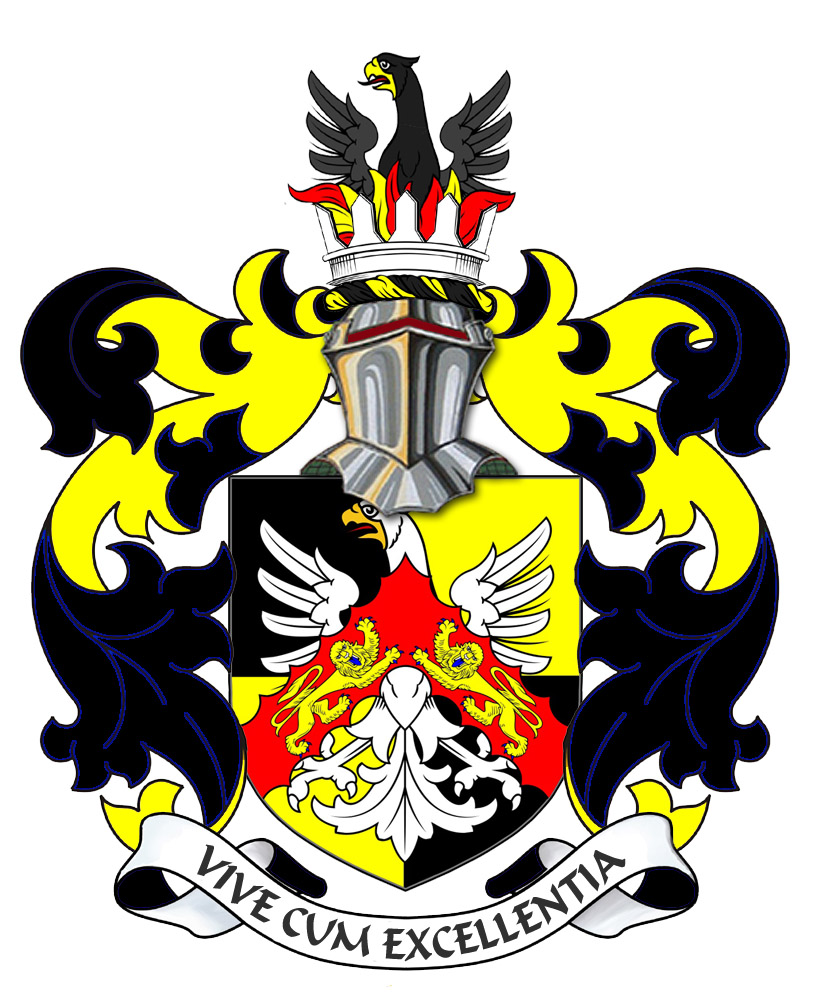

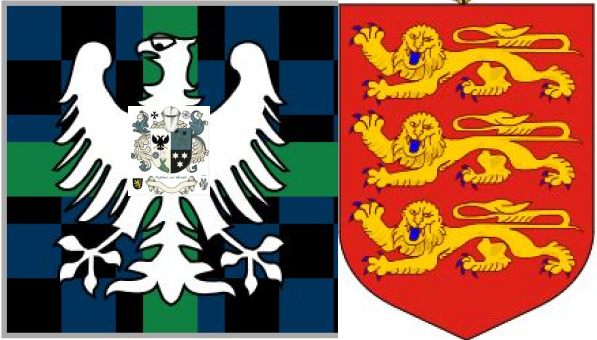
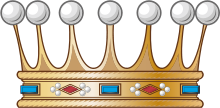
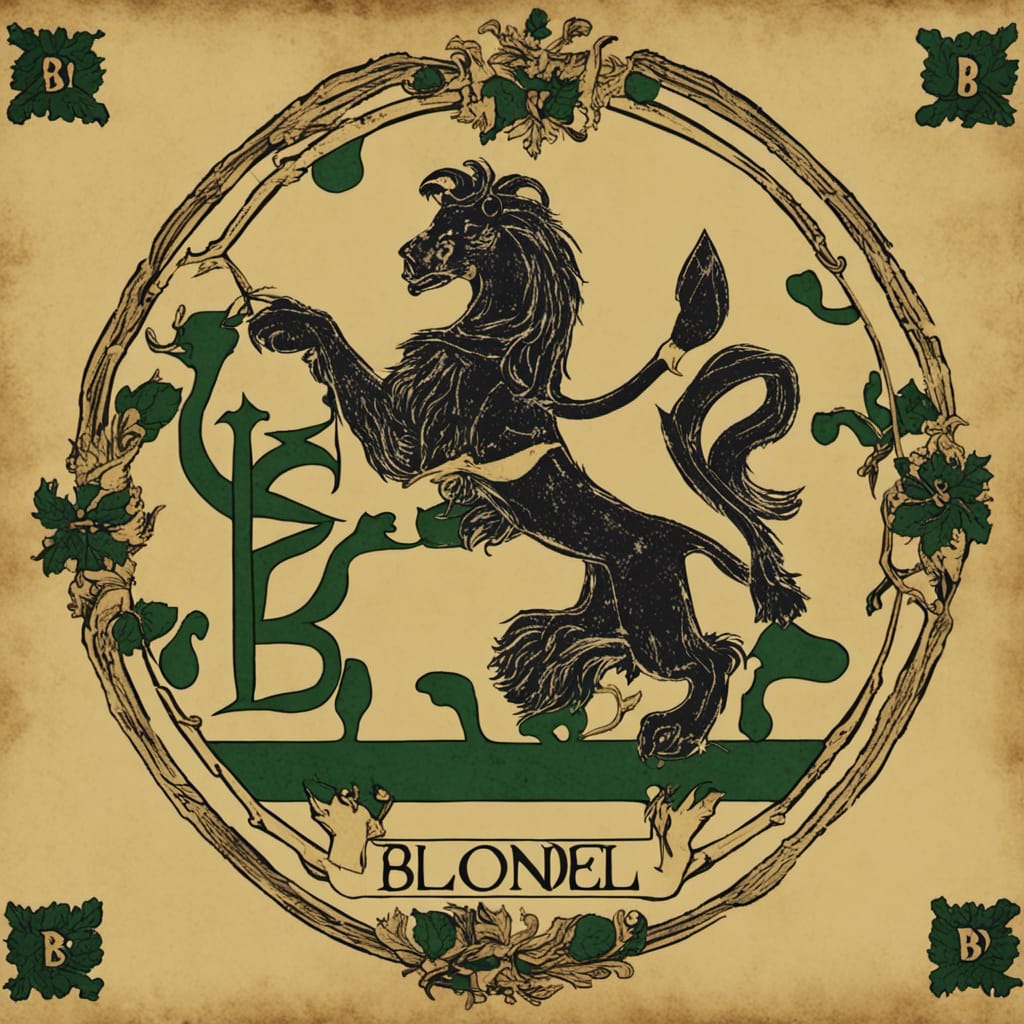
George Mentz Education -
Commissioner George Mentz
-
https://finance.yahoo.com/news/commissioner-george-mentz-clinches-influencer-180000705.html
-
George Mentz News -
George Mentz Net Worth - George Mentz Noble Tilte -
George Mentz -
George Mentz Trump Commissioner -
George Mentz Freiherren Count Baron -
George Mentz Global Economic Forum -
George Mentz Donates Millions
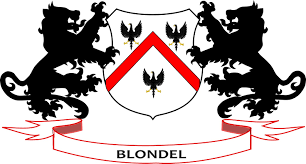 authority over other lords. The term "paramount" means "supreme" or "highest in rank or
authority."
authority over other lords. The term "paramount" means "supreme" or "highest in rank or
authority."